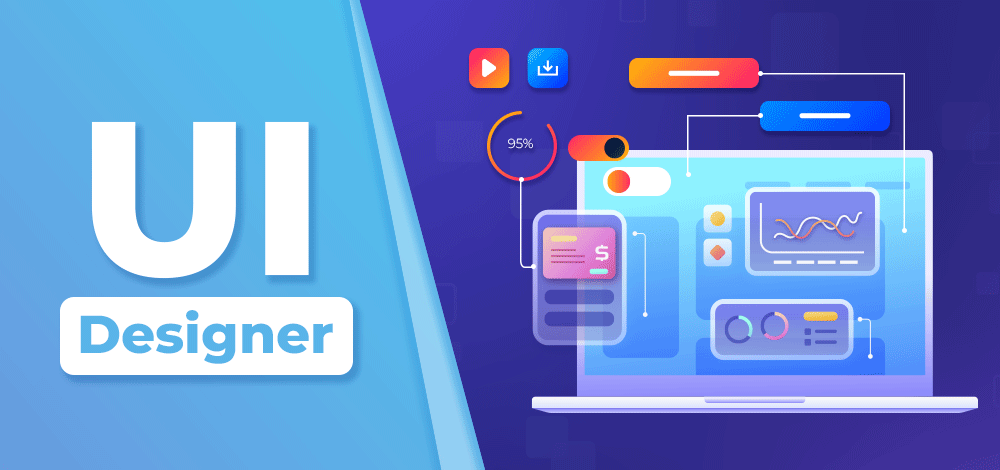In the fast-paced digital era, user interface (UI) design plays a pivotal role in determining the success of digital products. As technology evolves, so do user expectations, making it crucial for businesses to stay ahead of the curve in UI design. In this article, we explore the best practices in UI design, drawing insights from top ux design firms that have consistently delivered exceptional user experiences.
Understanding the Role of UX Design Firms
UX Design Firms: Masters of User-Centric Design
At the forefront of UI design excellence are UX design firms, specialized agencies dedicated to creating interfaces that prioritize user experience. These firms blend creativity with functionality, aiming to bridge the gap between users and technology seamlessly. By employing UX design firms, companies can tap into a wealth of expertise and proven methodologies to enhance their digital products.
Embracing Simplicity: The Apple Approach
Apple’s Minimalism: A Lesson in Clarity
One of the pioneers in adopting a minimalist design philosophy is Apple. The tech giant has consistently demonstrated that simplicity is key to a successful UI. By eliminating unnecessary elements and focusing on clarity, Apple creates interfaces that are intuitive and user-friendly. This approach not only enhances the overall user experience but also ensures that users can easily navigate through the product.

Prioritizing User Feedback: Google’s Iterative Design
Google’s Iterative Design: A Continuous Improvement Model
Google, a leader in the tech industry, emphasizes the importance of user feedback in the UI design process. Adopting an iterative design approach, Google constantly collects user feedback and iterates on its designs based on real-world user experiences. This iterative process allows for continuous improvement, ensuring that Google’s products remain responsive to evolving user needs and preferences.
Consistency Across Platforms: Microsoft’s Unified Design Language
Microsoft’s Fluent Design: A Unified Experience
Microsoft has excelled in creating a consistent user experience across its diverse range of products and platforms. Through its Fluent Design System, Microsoft ensures a unified visual language that seamlessly translates across devices. Consistency in UI design not only establishes a brand identity but also reduces user confusion, ultimately enhancing the overall usability of Microsoft’s digital ecosystem.
Personalization for Engagement: Spotify’s Tailored Interfaces
Spotify’s Personalization: Enhancing User Engagement
Music streaming giant Spotify stands out for its focus on personalization in UI design. By analyzing user behavior and preferences, Spotify tailors its interface to provide a personalized experience for each user. This not only increases user engagement but also creates a sense of connection between the user and the platform. Personalization, when done right, enhances user satisfaction and loyalty.
Accessibility as a Priority: Inclusive Design at Airbnb
Airbnb’s Inclusive Design: Bridging the Accessibility Gap
Inclusivity is a cornerstone of great UI design, and Airbnb has been a trailblazer in implementing inclusive design principles. By prioritizing accessibility, Airbnb ensures that its platform is usable by people with diverse abilities. This commitment to inclusivity not only broadens the user base but also reflects a social responsibility that resonates positively with users.
Mobile-First Approach: Instagram’s Responsive Design
Instagram’s Responsive Design: Mobile-Centric Excellence
The prevalence of mobile devices underscores the importance of a mobile-first approach in UI design. Instagram, a social media powerhouse, excels in providing a seamless experience across various screen sizes. Its responsive design ensures that users can enjoy the platform’s features irrespective of the device they use. This adaptability not only caters to the mobile-centric user base but also future-proofs the UI for evolving technological landscapes.
Conclusion
In the dynamic realm of UI design, learning from the best in the industry is imperative for staying relevant and competitive. UX design firms, such as those embraced by Apple, Google, Microsoft, Spotify, and Airbnb, showcase diverse yet effective approaches to UI design. By embracing simplicity, prioritizing user feedback, ensuring consistency, personalizing experiences, promoting inclusivity, and adopting a mobile-first approach, businesses can elevate their UI design to new heights. As technology continues to evolve, staying attuned to these best practices will be key to delivering exceptional user experiences in the digital landscape.

